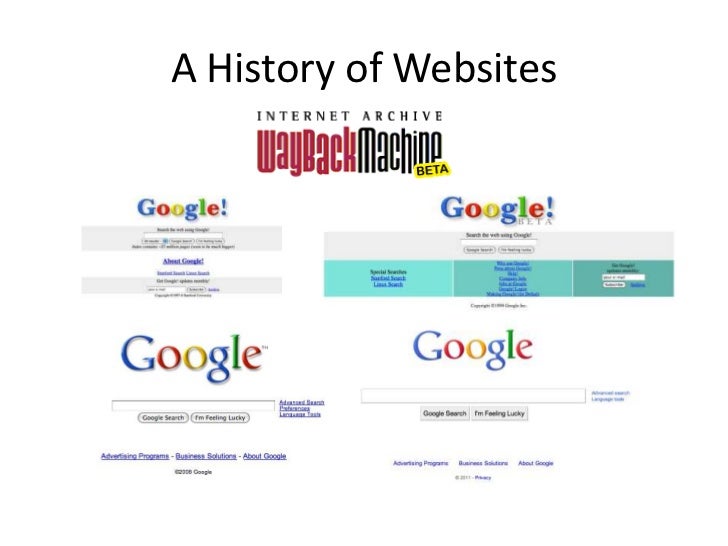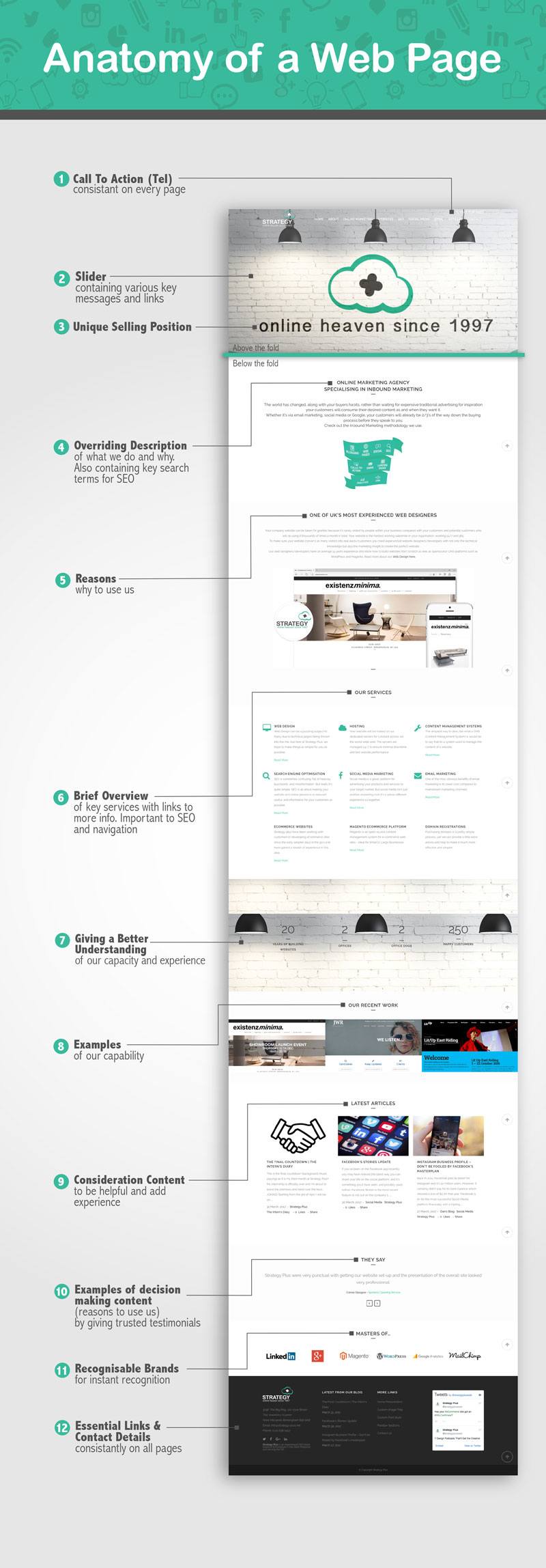Anatomy Of A Web Page - Explore the fundamental components that make up a web page in our comprehensive guide. Html (hypertext markup language) is used in over 95% of websites and is the foundation of all web pages. Page title, url, file name, header, footer, navigation, web page content are all parts to the anatomy of a web page.
Explore the fundamental components that make up a web page in our comprehensive guide. Html (hypertext markup language) is used in over 95% of websites and is the foundation of all web pages. Page title, url, file name, header, footer, navigation, web page content are all parts to the anatomy of a web page.
Page title, url, file name, header, footer, navigation, web page content are all parts to the anatomy of a web page. Html (hypertext markup language) is used in over 95% of websites and is the foundation of all web pages. Explore the fundamental components that make up a web page in our comprehensive guide.
Anatomy of a web page
Html (hypertext markup language) is used in over 95% of websites and is the foundation of all web pages. Explore the fundamental components that make up a web page in our comprehensive guide. Page title, url, file name, header, footer, navigation, web page content are all parts to the anatomy of a web page.
Anatomy of an Effective Home Page Law Office Technology & Marketing
Html (hypertext markup language) is used in over 95% of websites and is the foundation of all web pages. Explore the fundamental components that make up a web page in our comprehensive guide. Page title, url, file name, header, footer, navigation, web page content are all parts to the anatomy of a web page.
Anatomy of a web page
Page title, url, file name, header, footer, navigation, web page content are all parts to the anatomy of a web page. Html (hypertext markup language) is used in over 95% of websites and is the foundation of all web pages. Explore the fundamental components that make up a web page in our comprehensive guide.
The Anatomy of a Web Page 17 Basic Elements FounderJar
Explore the fundamental components that make up a web page in our comprehensive guide. Html (hypertext markup language) is used in over 95% of websites and is the foundation of all web pages. Page title, url, file name, header, footer, navigation, web page content are all parts to the anatomy of a web page.
ANATOMY WEB BANNER Anatomy
Page title, url, file name, header, footer, navigation, web page content are all parts to the anatomy of a web page. Explore the fundamental components that make up a web page in our comprehensive guide. Html (hypertext markup language) is used in over 95% of websites and is the foundation of all web pages.
Anatomy Of A Web Page
Explore the fundamental components that make up a web page in our comprehensive guide. Page title, url, file name, header, footer, navigation, web page content are all parts to the anatomy of a web page. Html (hypertext markup language) is used in over 95% of websites and is the foundation of all web pages.
Anatomy of a web page
Html (hypertext markup language) is used in over 95% of websites and is the foundation of all web pages. Explore the fundamental components that make up a web page in our comprehensive guide. Page title, url, file name, header, footer, navigation, web page content are all parts to the anatomy of a web page.
The Anatomy of an Optimized Web Page Infographic Source
Html (hypertext markup language) is used in over 95% of websites and is the foundation of all web pages. Explore the fundamental components that make up a web page in our comprehensive guide. Page title, url, file name, header, footer, navigation, web page content are all parts to the anatomy of a web page.
Anatomy of a web page Strategy Plus
Page title, url, file name, header, footer, navigation, web page content are all parts to the anatomy of a web page. Explore the fundamental components that make up a web page in our comprehensive guide. Html (hypertext markup language) is used in over 95% of websites and is the foundation of all web pages.
Anatomy of a Web Page Website Terms You Need to Know
Html (hypertext markup language) is used in over 95% of websites and is the foundation of all web pages. Page title, url, file name, header, footer, navigation, web page content are all parts to the anatomy of a web page. Explore the fundamental components that make up a web page in our comprehensive guide.
Html (Hypertext Markup Language) Is Used In Over 95% Of Websites And Is The Foundation Of All Web Pages.
Page title, url, file name, header, footer, navigation, web page content are all parts to the anatomy of a web page. Explore the fundamental components that make up a web page in our comprehensive guide.









